Foxnews.com Gets Behind the Wheel of a Formula One Car
Fox Car Report checks out the F1 Driving Experience at Monticello Motor Club
It was a triumph for safety technology.
Alfa Romeo Formula One driver Zhou Guanyu was spared serious injury thanks to the Halo device protecting the cockpit when his car flipped over during the British Grand Prix.
The Halo was instituted during the 2018 season. It comprises a hoop above the driver's head and a post directly in front of them, which is both a support and a means of deflecting debris approaching the car at high speed.
Zhou was entering turn one of the Silverstone Circuit at the start of the race when he was clipped from behind by Mercedes-Benz driver George Russell, who had made contact with Alpha Tauri driver Pierre Gasly at approximately 140 mph.
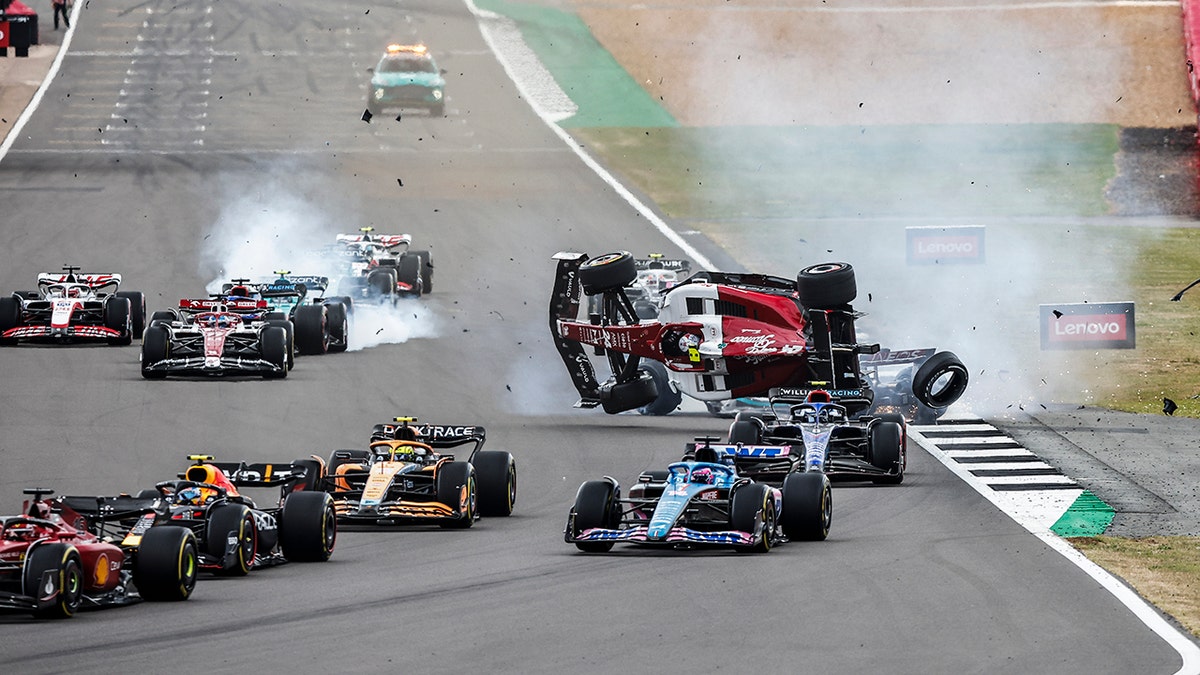
Zhou's Alfa Romeo was flipped entering the first turn of the British Grand Prix. (Gongora/NurPhoto via Getty Images)
Zhou's Alfa Romeo was turned and flipped upside down and proceeded to skid down the straight and across the gravel trap before hitting the safety barrier and flipping over it into the catch fence.
TOM CRUISE CELEBRATE'S 60TH BIRTHDAY AT BRITISH GRAND PRIX
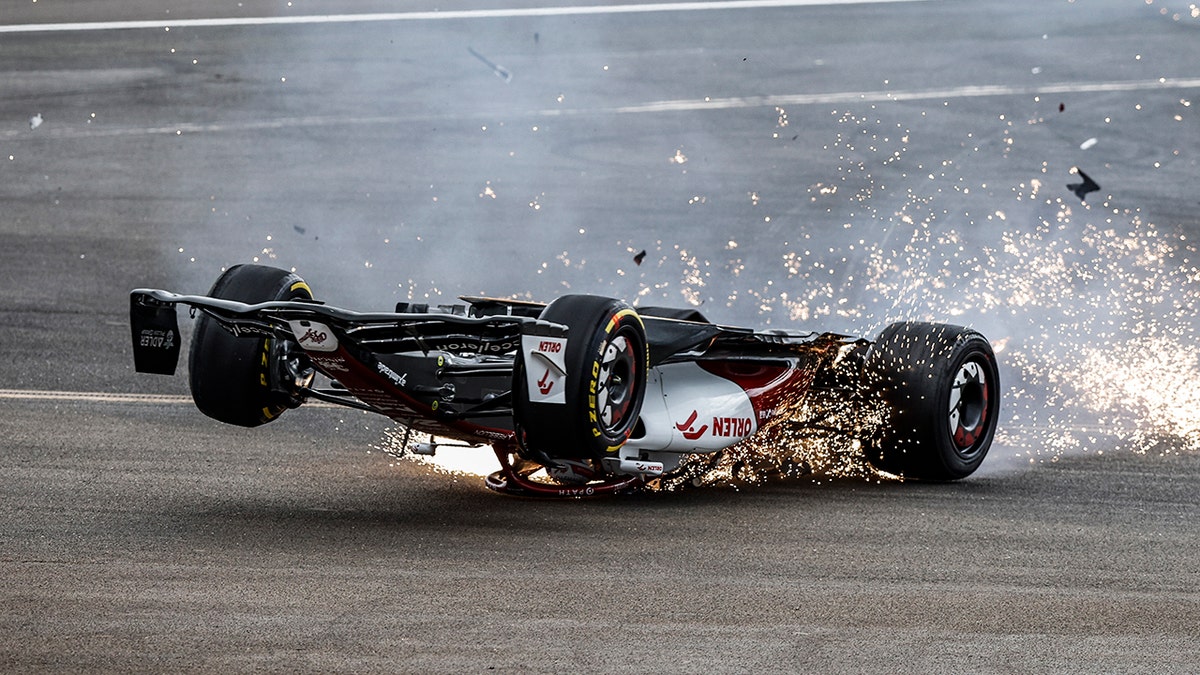
Zhou's car skidded down the track on its top. (Gongora/NurPhoto via Getty Images)
The car then landed propped up on its side between the barrier and fence, causing the race to be red flagged and a lengthy delay before Zhou was extracted from the car.
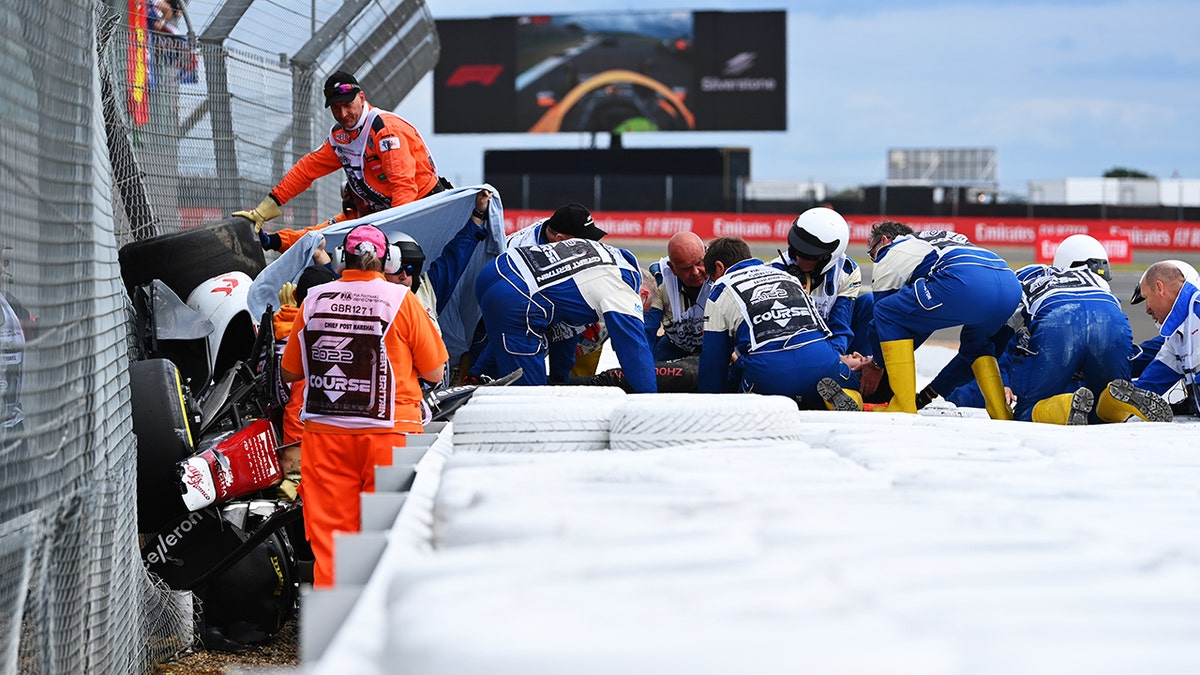
Zhou's car became stuck between the safety barrier and the catch fence. (Dan Mullan - Formula 1/Formula 1 via Getty Images)
Close-up images of the incident show how the Halo managed to keep Zhou's head from being pressed against the road, despite an apparent failure of the car's roll hoop above it, which is meant to be the primary means of protection in a rollover incident.
THE MERCEDES-AMG ONE IS A $2.7 MILLION F1 CAR FOR THE ROAD
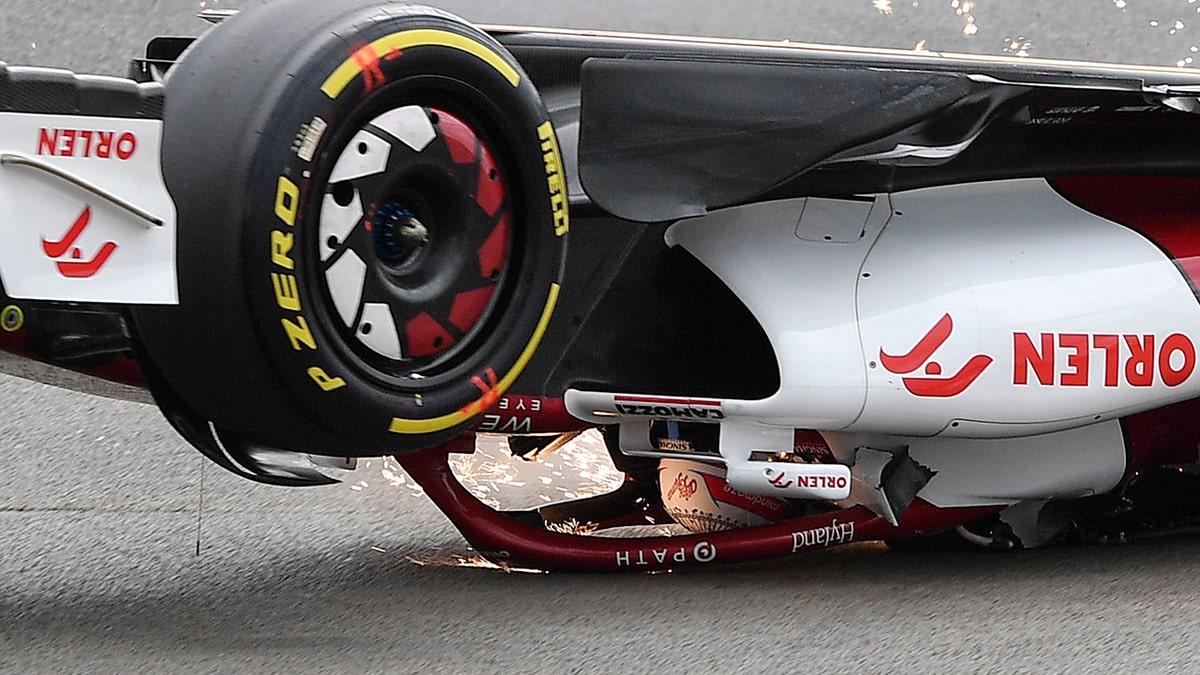
The Halo protected Zhou's head despite the apparent failure of the vehicle's roll hoop. (Vince Mignott/MB Media/Getty Images)
In a show of sportsmanship, Russell got out of his car and ran to Zhou to see if he could help the stewards and later called it "one of the scariest crashes I’ve ever seen."
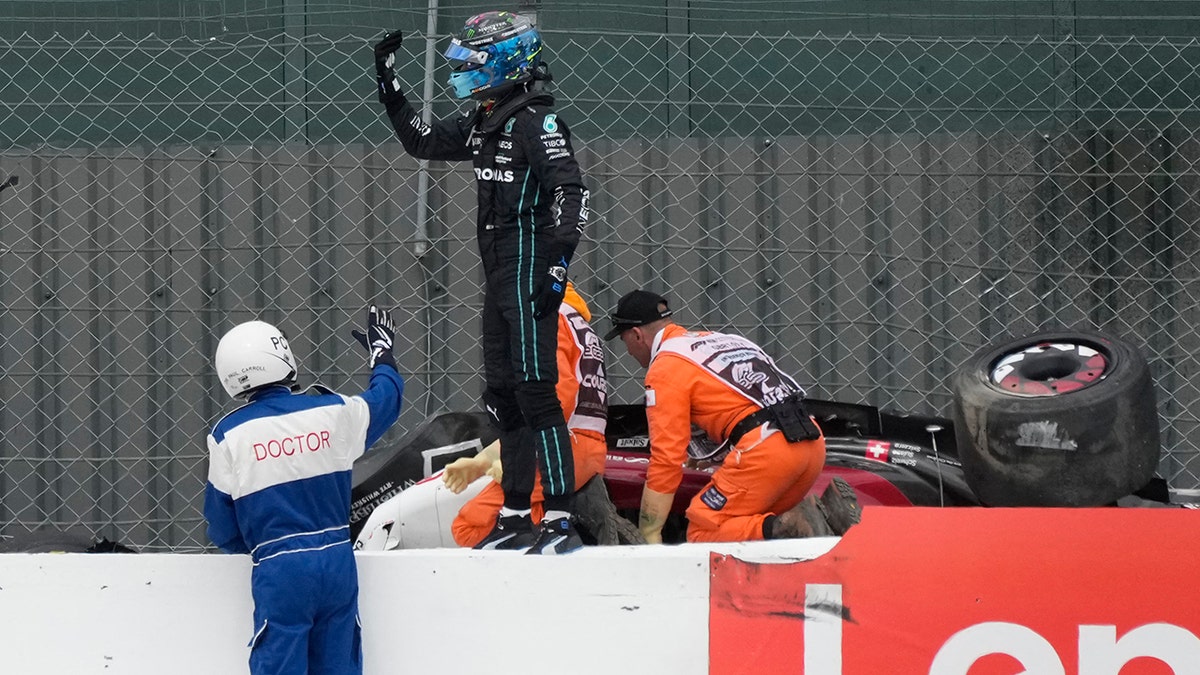
Fellow driver George Russell ran to Zhou's car to see if he could help the stewards. (MATT DUNHAM/POOL/AFP via Getty Images)
Zhou was taken to the hospital as a precautionary measure, but amazingly suffered no injuries in the crash.
He is not the first driver to be saved by the device.
During last season's Italian Grand Prix, Red Bull's Max Verstappen and Mercedes-AMG's Lewis Hamilton were fighting for the lead when their cars came into contact and launched Verstappen's on top of Hamilton's.
The Halo kept Hamilton's head from being crushed by Verstappen's rear tire as it rolled over the cockpit.
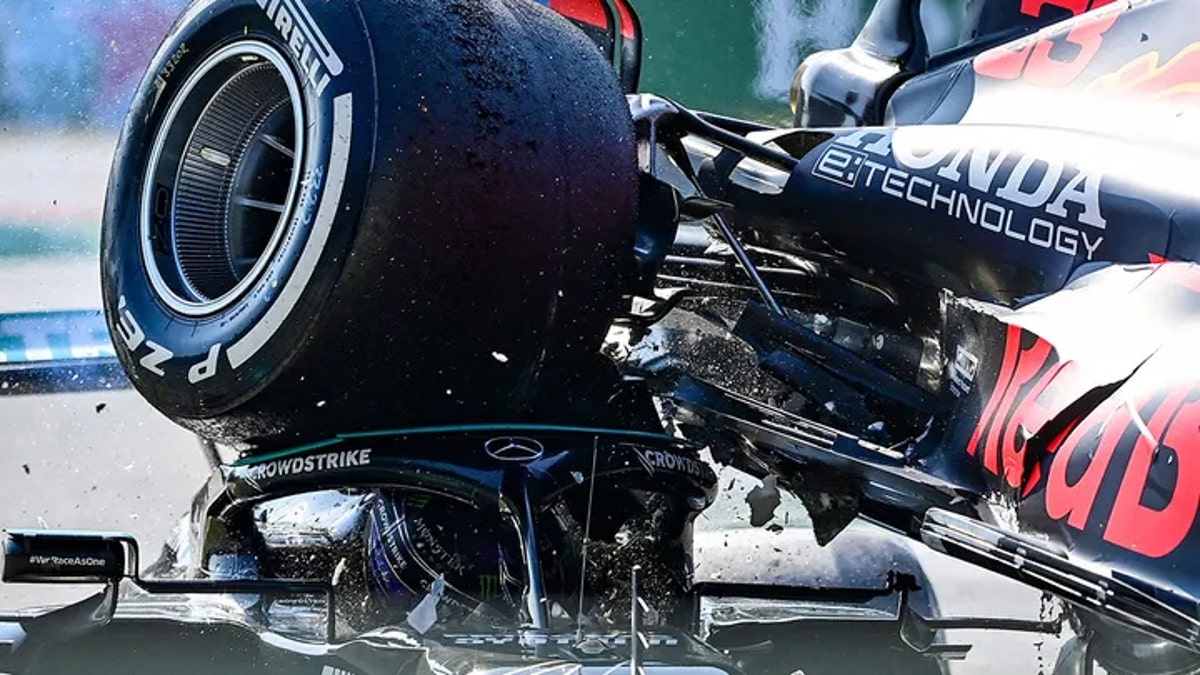
Lewis Hamilton's head was protected by his car's Halo. (ANDREJ ISAKOVIC/AFP via Getty Images)
"Thank God for the halo. That ultimately saved me. And saved my neck. I think in the actual moment it was a big hit, but all I could think was to get going again," Hamilton said.
IndyCar added a similar device it calls the Aeroscreen to its cars in 2020, that adds a polycarbonate windshield for extra protection, especially on the high speed ovals the series races on.
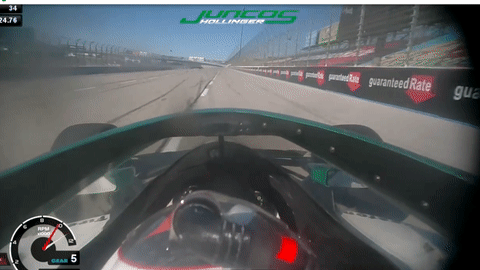
Callum Illott was protected by his car's Aeroscreen. (IndyCar)
Its effectiveness was dramatically demonstrated during practice for this year's race at Texas Motor Speedway, when Callum Ilott's car was struck by a suspension pushrod that had fallen off a car that crashed in front of his.
CLICK HERE TO GET THE FOX NEWS APP
Several other top open-cockpit series have also incorporated the Halo, including Formula E, Formula 2 and the all-female W Series.
Russell was not allowed to re-enter the race for the restart because he had gotten out of his car, and the car was towed to pit lane. His teammate Lewis Hamilton finished third in the race, behind Ferrari driver Carlos Sainz in first and Red Bull's Sergio Perez in second.
